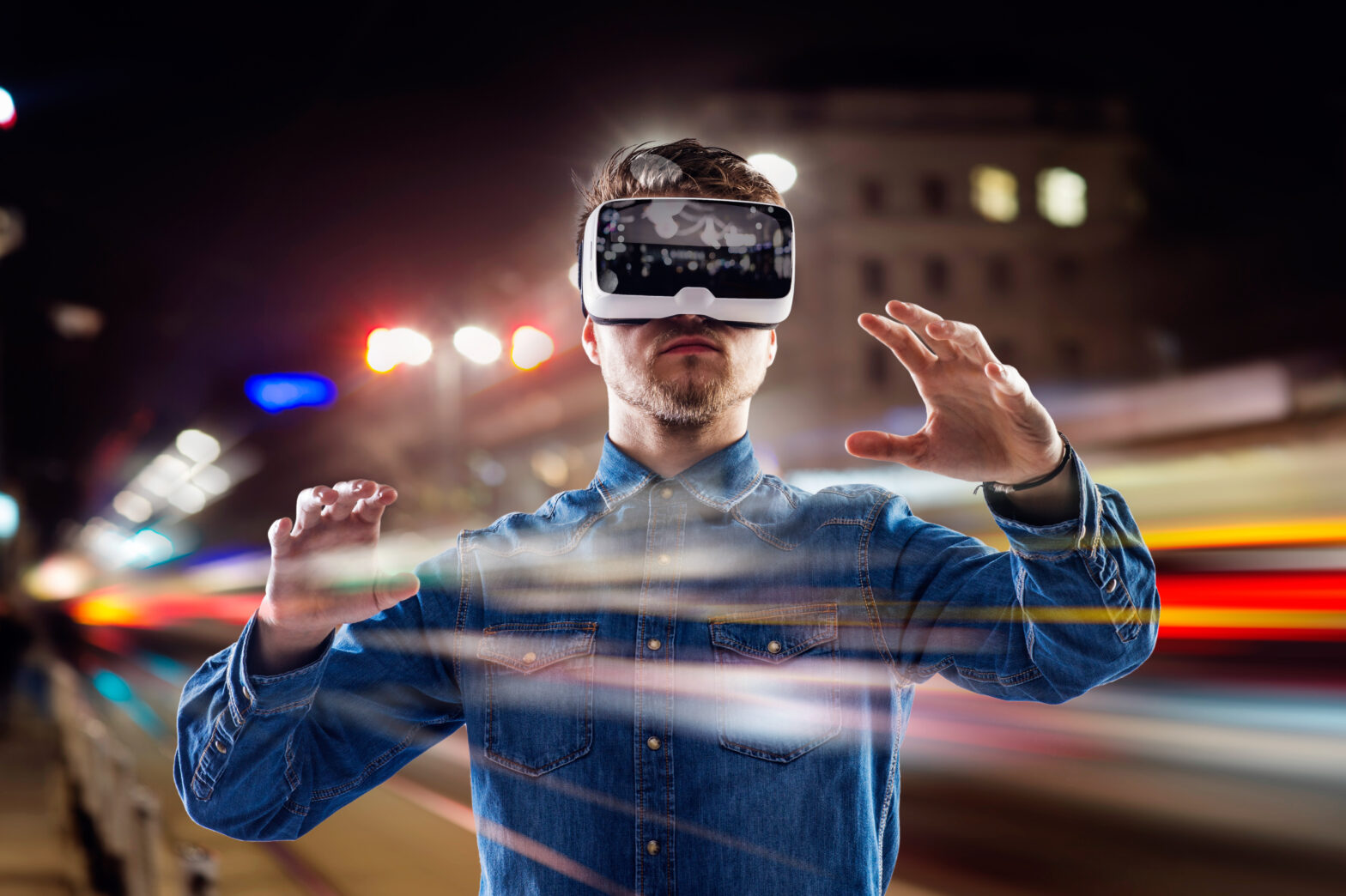Sales of dedicated VR headsets are set to grow to 22 million units by 2021 — an 800% increase over 2017.
The market, in turn, is expected to be worth $7.7 billion by 2021.
CCS Insight’s latest global forecast for virtual reality (VR) and augmented reality (AR) devices reflects the relatively slow start to this nascent market.
However, the results from its forecast suggest the technology has great potential and can deliver healthy growth over the next five years and beyond.
Sales of smartphone virtual reality devices continue to deliver the lion’s share of unit volumes and CCS Insight expects that 14 million smartphone VR headsets will be sold in 2017, rising to 25 million in 2018.
>See also: Mixed reality: A review of Microsoft’s Hololens
Future growth is underlined by an expected fivefold volume growth from 2017 to 70 million by 2021. The segment will be worth $500 million in 2017 rising to approximately $1.4 billion by 2021.
Ben Wood, chief of research at CCS Insight, commented: “Headsets designed for smartphones are the entry point for most consumers when it comes to virtual reality.”
“Google’s Cardboard devices and Samsung’s Gear VR headsets have been the early market makers in this area. We expect the momentum to continue at Mobile World Congress next week, with Google’s Daydream headsets being a prominent part of many high-end smartphone launches.”
Dedicated virtual reality headsets such as the HTC Vive, the Oculus Rift and Sony’s PlayStation VR deliver significantly higher-quality experiences compared with their smartphone VR cousins, but sales have been shy of expectations.
CCS Insight has adjusted its forecast to reflect the slower start. Previously it expected 2 million units to be sold in 2016 – it now estimates 1.2 million were sold.
By 2021 it expects sales of dedicated VR headsets to grow to 22 million units — an 800% increase over 2017. This will result in the dedicated VR market being worth $7.7 billion by 2021.
>See also: Reality bites: VR, AR and the enterprise network
To add further granularity to its forecast it expanded its device segmentation to include both tethered and untethered dedicated VR solutions.
Wood commented: “There’s no doubt that dedicated VR headsets can be a tough sell. The complete package of the headset and a high-end PC is out of reach for most consumers and even the PlayStation VR, which can be used with the PS4 games console, has failed to meet expectations. There’s a lot of work to be done on all aspects of the experience, but we still believe there’s tremendous potential.”
He added: “The technology continues to improve dramatically and 2017 will see the emergence of untethered solutions that will be more immersive than ever. Audiences will have access to a more diverse range of ever-richer content and experiences that we believe will further boost the market. The proliferation of VR experiences in theme parks, at cinemas and in other locations such as car showrooms and travel agents offering ‘look before you book’ experiences will only serve to educate users on the potential of the technology.”
>See also: What digital trends will be seen this year?
This latest forecast estimates that the total VR device market (smartphone VR and dedicated VR) will be worth $1.5 billion in 2017, rising to $9.1 billion by 2021.
The higher cost of dedicated headsets will see them accounting for 85% of total market value despite making up only 24% of unit sales. They are expected to prove popular among gamers and other enthusiasts.
The AR devices market is also off to a relatively slow start. The forecast indicates the first significant unit sales won’t occur until 2019, when it expects 1.5 million units to be sold. It predicts this to rise to 5 million units in 2021, with a total market value of $2.5 billion.
Wood noted: “Although there are numerous very promising field trials underway, mass deployments of AR devices remain elusive, with a mere 100,000 units sold in 2016. The focus on enterprise uses and vertical market opportunities means longer sales cycles, exacerbated by the complexities of integration and compliance in workplaces. We don’t expect meaningful sales of AR headsets to start until the early 2020s.










